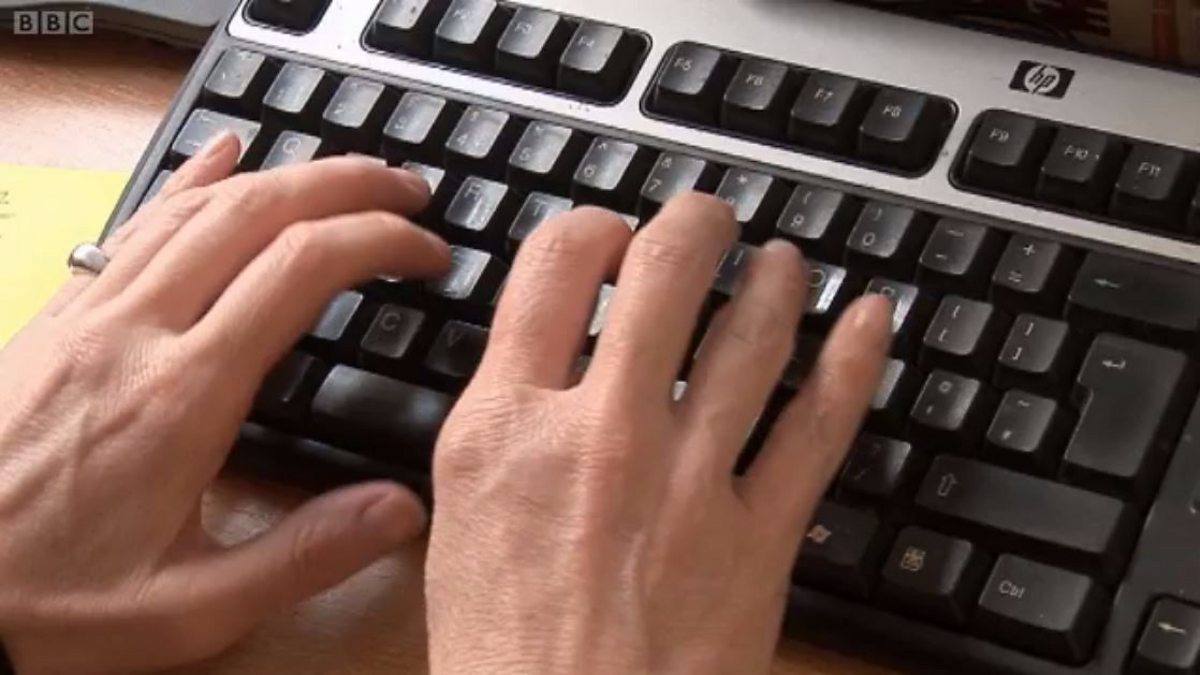

- 8000 KEYSTROKES PER HOUR IN WPM REQ FOR CALL CEMTER CODE
- 8000 KEYSTROKES PER HOUR IN WPM REQ FOR CALL CEMTER PROFESSIONAL
However, the number of characters per minute tends to be around 1000 for all the tested languages.

This was because different languages have different average word lengths (longer words in such languages as Finnish and shorter words in English). However, the number of wpm varied between languages, even for languages that use the Latin or Cyrillic alphabets: as low as 161☑8 for Finnish and as high as 228☓0 for English. Research done in 2012 measured the speed at which subjects read a text aloud, and found the typical range of speeds across 17 different languages to be 184☒9 wpm or 863☒34 characters per minute. Words per minute is a common metric for assessing reading speed and is often used in the context of remedial skills evaluation, as well as in the context of speed reading, where it is a controversial measure of reading performance.Ī word in this context is the same as in the context of speech. Handwriting speeds up to 350 words per minute have been achieved in shorthand competitions. Using stenography (shorthand) methods, this rate increases greatly. Īccording to various studies the speed of handwriting of 3–7 graders varies from 25 to 94 letters per minute. Ī study of police interview records showed that the highest speed fell in the range 120–155 characters per minute, the highest possible limit being 190 characters per minute.

Handwriting įor an adult population (age range 18–60) the average speed of copying is 40 letters per minute (approximately 8 wpm), with the range from a minimum of 26 to a maximum of 113 letters per minute (approximately 5 to 20 wpm). Many jobs require a certain KPH, often 8,000 or 10,000. It is measured in keystrokes per hour (KPH). It is used to measure speed for jobs such as data entry of number information on items such as remittance advice, bills, or checks, as deposited to lock boxes. The numeric entry or 10-key speed is a measure of one's ability to manipulate the numeric keypad found on most modern separate computer keyboards. Guinness World Records gives 360 wpm with 97.23% accuracy as the highest achieved speed using a stenotype. While training dropout rates are very high - in some cases only 10% or even fewer graduate - stenotype students are usually able to reach speeds of 100–120 wpm within six months, which is faster than most alphanumeric typists. Stenotype keyboards enable the trained user to input text as fast as 360 wpm at very high accuracy for an extended period, which is sufficient for real-time activities such as court reporting or closed captioning. From the 1920s through the 1970s, typing speed (along with shorthand speed) was an important secretarial qualification, and typing contests were popular and often publicized by typewriter companies as promotional tools. Two-finger typists, sometimes also referred to as " hunt and peck" typists, commonly reach sustained speeds of about 37 wpm for memorized text and 27 wpm when copying text, but in bursts may be able to reach much higher speeds.
8000 KEYSTROKES PER HOUR IN WPM REQ FOR CALL CEMTER PROFESSIONAL
Typically, professional typists type at speeds of 43 to 80 wpm, while some positions can require 80 to 95 (usually the minimum required for dispatch positions and other time-sensitive typing jobs), and some advanced typists work at speeds above 120 wpm. With the onset of the era of desktop computers, fast typing skills became much more widespread. In the same study, when the group was divided into "fast", "moderate", and "slow" groups, the average speeds were 40 wpm, 35 wpm, and 23 wpm, respectively. found in one study of average computer users in 1999 that the average rate for transcription was 32.5 words per minute, and 19.0 words per minute for composition. For example, under such a method applied to plain English text the phrase "I run" counts as one word, but "rhinoceros" and "let's talk" would both count as two. Since words vary in length, for the purpose of measurement of text entry the definition of each "word" is often standardized to be five characters or keystrokes long in English, including spaces and punctuation.
8000 KEYSTROKES PER HOUR IN WPM REQ FOR CALL CEMTER CODE
Words per minute, commonly abbreviated wpm (sometimes uppercased WPM), is a measure of words processed in a minute, often used as a measurement of the speed of typing, reading or Morse code sending and receiving.


 0 kommentar(er)
0 kommentar(er)
